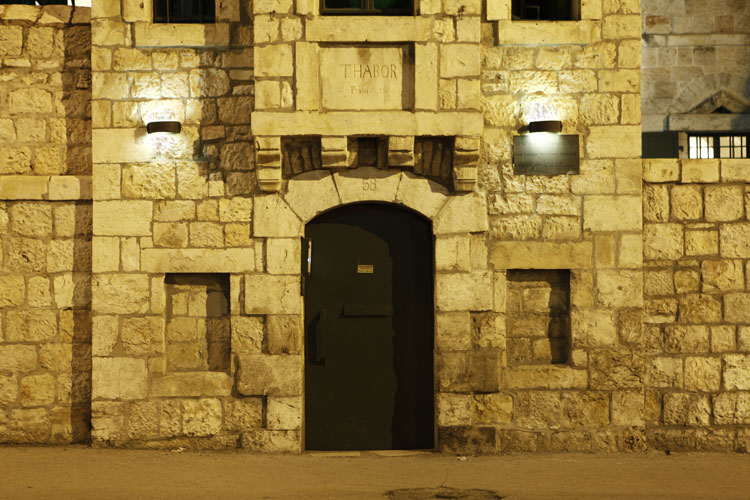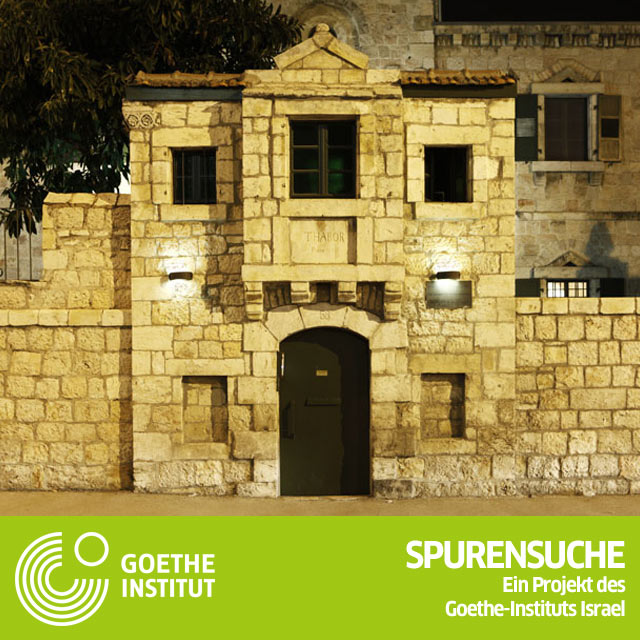The second Jewish temple
With the Tabor House – which is named after the Bible and was built in 1889 – Schick fulfilled a long-cherished dream. He acquired the necessary funds by building a whole series of models of the Second Jewish Temple. His reconstruction of the Tabernacle was viewed by numerous heads of state in Jerusalem before it went to the United Kingdom. They also displayed two of his wooden models in the Turkish Pavilion at the World’s Fair in Vienna in 1873. One of them subsequently went to a Swiss museum. The other was given to King Charles I of Württemberg, who appointed Schick as court architect for his services.
But Schick also served the Ottoman Sultan. He built a model of the contemporary Temple Mount and Dome of the Rock for him. His last four-part model, which shows the Temple Mount in different eras, was exhibited at the World’s Fair in St. Louis in 1904.
That was three years after his death in Jerusalem. Conrad Schick is buried in the Protestant Cemetery at Mount Zion. It is said that he was mourned by Christians, Jews and Moslems alike.
Two of his Temple Mount models are located in the basement of the Schmidt School on Nablus Road. His architectural traces also include the Lepers’ Hospital that he designed in 1887 near Jerusalem Theatre, as well as St. Paul’s Anglican chapel and the German Deaconesses Hospital (a wing of the Bikur Holim Building), both in Street of the Prophets.
German Traces in Israel
A project by the Goethe-Institut Israel
Author: Gisela Dachs
Photos: Noa Ben-Shalom


